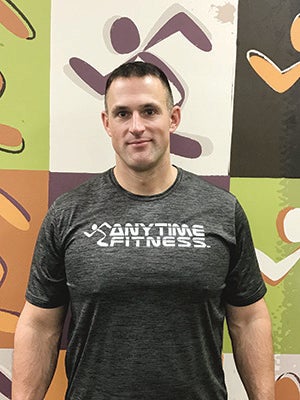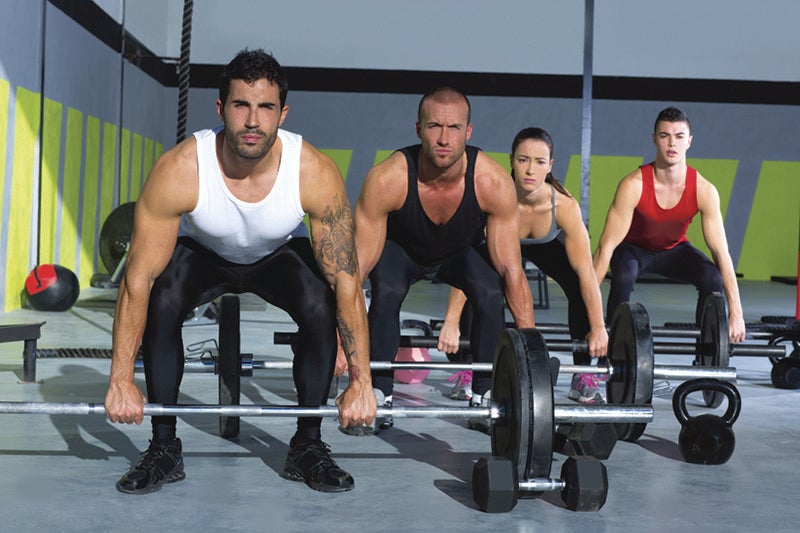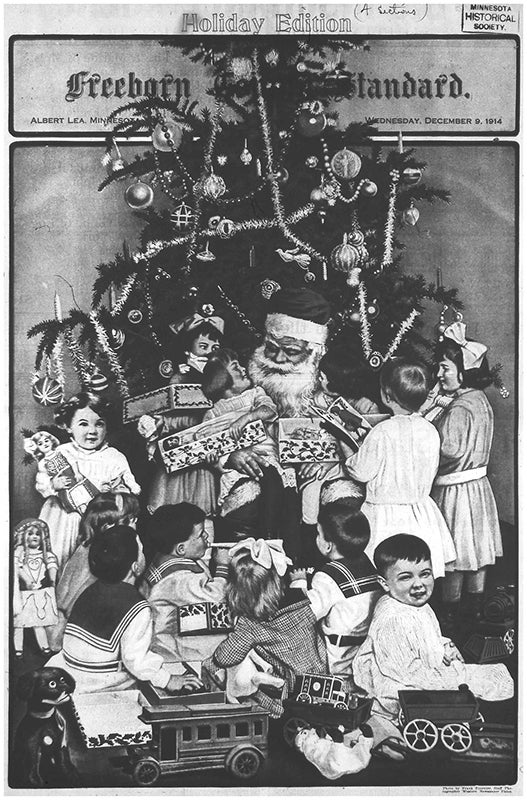Guest Column: All strength training is not created the same
Published 3:02 pm Friday, December 29, 2017
By Bill Bromeland
Bill Bromeland is co-owner of Anytime Fitness in Albert Lea.
Strength training, as you know, is an important part of a well-balanced fitness regime. But all strength training is not created equal. The types of equipment you choose to use, how you sequence the exercises together, the number of sets, repetitions, rest and amount of weight you use will certainly affect the outcome of your training. Understanding the options is important.

Bill Bromeland
Selectorized strength equipment
Selectorized equipment has a weight stack with a pin to select the load (or weight) for the exercise. Most gyms have a variety of selectorized equipment to offer a full-body workout. The machines are designed to provide support and guide you through the exercise, so they’re a perfect place to begin if you’re new to weight training. The exercises are pretty straightforward, and if you position yourself properly on the machine (ask for help if you’re unsure!), the motion helps guide proper execution. It’s easy to get a time-efficient, full-body workout using selectorized equipment.
Free weights
Dumbbells, handweights, freeweights — they’re all the same thing! That rack of weights in the club may seem daunting because it doesn’t come with instructions, but it’s a great way to condition your muscles from head to toe. Free weights are extremely versatile and have the added benefit of requiring more muscles to work together to achieve the exercise. Unlike selectorized machines, you are not guided to execute the exercise, nor supported. Therefore, your muscles must stabilize and work together, which gives you a bigger return on your investment.
Functional training equipment
Lastly, there are all the other fun toys you might see at the club. Functional training equipment such as kettlebells, TRX or suspension trainers, sandbags, medicine balls, tubing, BOSU balance trainers, stability balls and pulley systems are more readily available now than ever before. Functional equipment allows you to move in unique ways and requires the core to stabilize and/or produce power. Your biggest benefit? The exercises typically associated with functional equipment are more integrated, and instead of targeting a specific muscle group, they get the full body firing as a unit. Of course, a functional training workout can also include free weights, but the exercises might look a bit different.
A functional training approach treats the body as a whole versus breaking it down into individual parts. Instead of choosing a body part, you focus on the primary movements of the body pushing (up and out), pulling (down or in), or knee-dominant movements and hip-dominant movements. If exercises are linked together with little rest or you combine the upper and lower body movements together, you can check both metabolic conditioning and total body conditioning off your list in one workout. Since multiple muscles are targeted at once, your workouts won’t have to last as long, either.
The cold, hard truth
Strength training is an important component of any weight loss program, but also necessary for longevity. As we age, our muscles begin to deteriorate if we don’t work them, so we must find a way to get strength training in whenever and however we can. Even though all strength training is not created equal, any approach is better than none. Five minutes a day or one hour three times a week, light weights with high reps or heavy weights with multiple sets, machines or functional equipment; the approach might give you different results in the end, but all will help keep you moving for years to come — which is most important!






